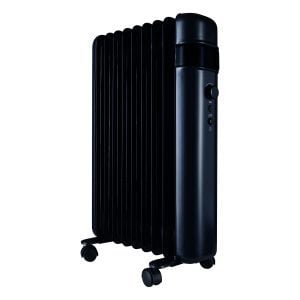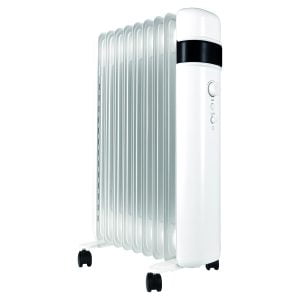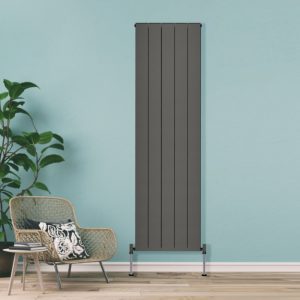(ex. VAT)
0
£0.00
There are several types of radiators, each with its own design and functionality. The most common types include:
The choice of radiator type depends on factors such as the heating requirements of the space, aesthetic preferences, and the existing heating infrastructure. Advances in technology have also led to innovative designs and materials in radiator construction.
Showing all 10 results










Have a custom order to make or just have questions about some of our products? Use this form to ask us, and our experts will be in touch as soon as possible.
Keep up to date with our latest news and offers and be the first to hear about our upcoming releases.
VAT number: 327 5318 03
Company Number: 12731351
EORI: GB327531803000
D-U-N-S® Number: 226063916
Copyright © 2024 – All Rights Reserved
Aldea Group UK LTD – The UK’s trusted Industrial & Commercial Equipment Store.
All images and content within this website and copyrighted and may not be copied or reproduced without obtaining consent. We take no responsibility for content, images or any advice offered within this website, and its employees and officers are to held harm free.
Uploaded Failed |  |